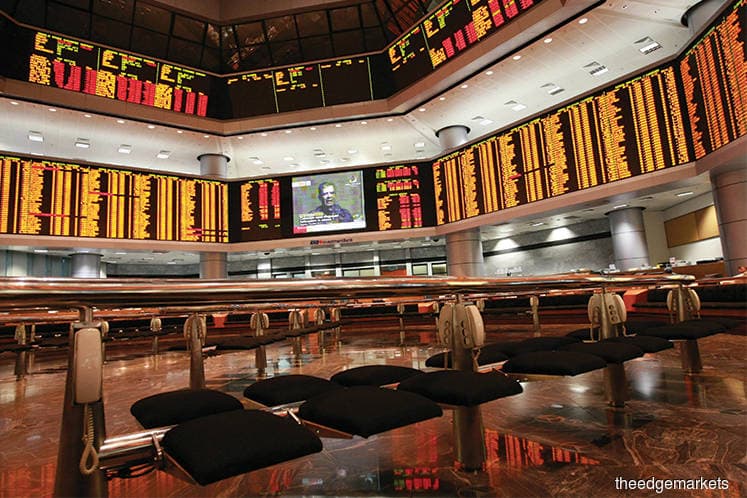
This article first appeared in The Edge Financial Daily on February 5, 2020
The market, based on the benchmark FBM KLCI, fell for the second consecutive week last week as the market was spooked by the Wuhan virus for which to date there is still no vaccine and the number of those infected globally continues to grow daily. The market was bearish across the board except for rubber glovemakers.
The KLCI increased 4.6% in a week to 1,531.06 points last Friday, the lowest level in eight years. The index went down to as low as 1,517.6 points before rebounding to close at 1,535.8 points yesterday.
Trading volume increased and this indicated stronger selling pressure. The average daily trading volume increased to 3.4 billion shares last week, compared with 2.5 billion two weeks ago. The average daily trading value increased to RM2.8 billion, compared with RM1.9 billion.
For the KLCI, only two out of the 30 counters gained last week. The two gainers were Top Glove Corp Bhd (+5.6% in a week to RM5.85) and Axiata Group Bhd (+1.7% to RM4.30). The top three decliners were Petronas Chemicals Group Bhd (-10.6% to RM6.19), DiGi.Com Bhd (-5.6% to RM4.23) and Genting Bhd (-5.5% to RM5.50).
Global markets were bearish. The US and German markets fell from their historical highs. Most markets were in the red. Hong Kong was the hardest-hit as Chinese markets were closed last week for holidays.
The US dollar weakened slightly against major currencies. The US Dollar Index decreased to 97.4 points last Friday from 97.9 points two weeks ago. The ringgit was weaker at 4.09 against the greenback last Friday, compared with 4.06 on the previous Friday.
Gold continued to soar to its highest level since April 2013 as the market hedged on the safer investment haven. Commodity Exchange gold increased 1.1% in a week to US$1,588.70 (RM6,545.44) an ounce last Friday. However, crude oil (Brent) fell 6.7% to US$56.65 per barrel, the lowest in six months on demand worries. In the local market, crude palm oil followed crude oil’s cue, declining 9.2% in a week to RM2,599 per tonne.
The KLCI fell below its major support level at 1,550 points. As a global standard, a market is considered on a bearish trend if its benchmark index falls 20% from its high. For the KLCI, that level is at 1,500 points.
However, the index has already been on a technical downtrend since November 2018 when the index fell below the 200-day moving average and the average started to decline. Currently, it has stayed below the short-term 30-day moving average and the Ichimoku Cloud. Furthermore, the Cloud has started to decline.
The bearish sentiment is strong after breaking the index’s support level at 1,550 points. All momentum indicators, including the Relative Strength Index, Momentum Oscillator and Moving Average Convergence Divergence, indicate a strong bearish momentum.
The breakout below the support level confirmed the continuation of the bearish trend. That pattern of continuation has a target of 1,500 points, which also coincides with the downtrend line support level.
Henceforth, the market is expected to decline further and the index may test the next support level at 1,500 points if it stays below the broken support-now-turned resistance level at 1,550 points.
The above commentary is solely used for educational purposes and is the writer’s point of view using technical analysis. The commentary should not be construed as investment advice or any form of recommendation. Should you need investment advice, please consult a licensed investment adviser.